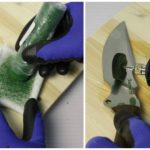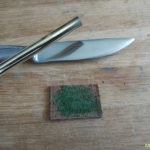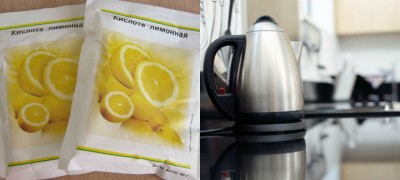Types of GOI paste and their use
GOI paste is called a set of materials created from chrome greens. Thanks to them, they carry out polishing and grinding of glass products, objects made of metal, steel, plastic, ceramics and composites. This substance is best used to eliminate scratches, plaque, to give a shiny look to the product.

What is GOI paste
Many people ask the question, GOI paste - what is it? The answer is simple - a tool used to polish a variety of objects to a shine. It looks like a bar of emerald color. It got its name thanks to the State Optical Institute, which was the very first to develop it. The products are formed using powdered chromium oxide, organic fats serving as a binder, and various additives that improve the characteristics of this substance.

Also, the composition contains chemical reagents and additional substances: silica gel, stearin, kerosene and others. How intense the shade and variety depends on the size of the base component. The more chrome green, the lighter the paste and the higher its abrasive qualities. The most option is used for enhanced grinding, dark - for polishing and providing the subject of processing, a gloss akin to a mirror. Chromium sesquioxide is typically 65% to 80%.

Goi paste can have a round shape for polishing. It is specially impregnated with a certain amount of paste and given a soft texture. Other variations: watery consistency in a plastic jar or as an impregnating compound used on the same items.
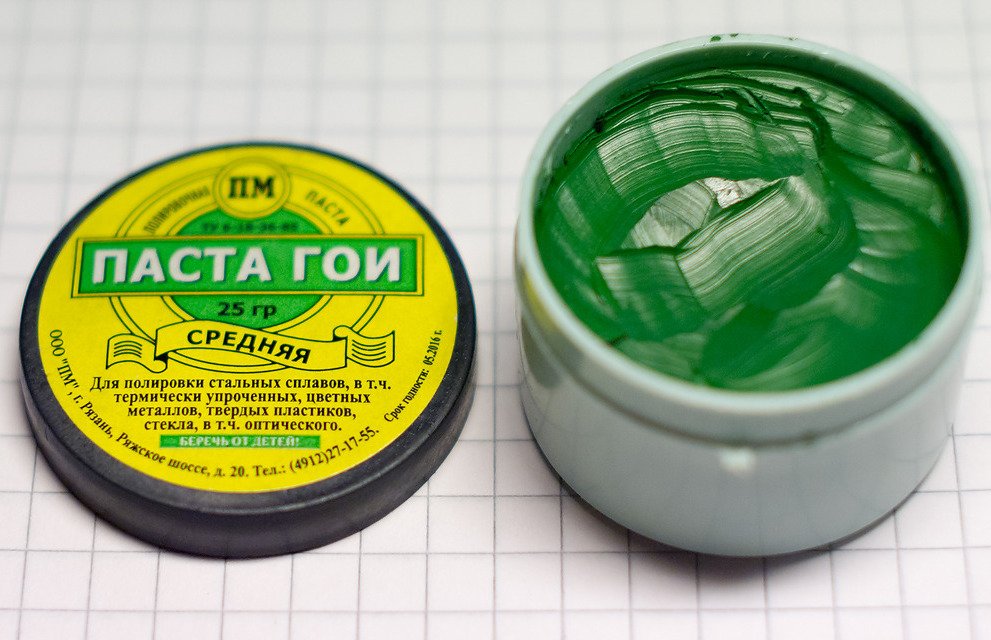
Note! Packaging and shape have no influence on the purpose.
Types of GOI paste
The product typology is divided into fine, medium and coarse, which are further subdivided into two varieties. There are four types. Their division is based on abrasive substances that have their own parameters. Each has its own special number:
- No. 1 - has a black color with a greenish tint. It is used for final polishing. The main task is to give the workpiece the required shine. Chromium oxide is 70%, sodium bicarbonate 0.2%, silica gel 1.8%, kerosene 2%, fat 10%.
- No. 2 - has a dark green tint. Operation consists in gentle polishing, giving the product a shine, as in the first version. Fat is also 10%, chromium sesquioxide - 74%, kerosene - 2%, silica gel - 2%, sodium bicarbonate - 0.2%.
- No. 3 - the color is completely emerald green without any impurities. Manufactured for medium sanding. Thanks to him, the surface becomes perfectly clean and begins to shine evenly. Kerosene and silica gel make up the same number - 2%, chrome greens - 70%, fat - 10%.
- No. 4 - light green tone.Leads to the leveling of the smallest and most imperceptible scratches that may remain after the use of abrasives. Designed for the coarsest sanding. Chromium oxide occupies 85%, stearin - 10%, fat - 5%, silica gel and kerosene 2% each.
How to use GOI paste
To understand how to use GOI paste correctly, it is recommended to read the instructions, since you must follow certain steps:
- A small amount should be applied to a soft cloth or felt pad. It is not necessary to apply the product immediately to the subject. The material can be pre-moistened with gasoline or kerosene.
- Grind the paste with metal. In this way, large abrasive lumps that can be harmful are removed.
- Add a little industrial oil to the surface and start polishing. From time to time, it is advised to renew the lubricant.
The process should be carried out without applying effort, do not press, but rub lightly until a shine appears. After completing the work, wipe the surface with gasoline, kerosene or remove the rest of the mass with water.

Important! If in the work you use larger grains than necessary, and also add force, then you can harm the surface of the product.

You can dilute the paste with kerosene, diesel fuel and ordinary car oil. This is done so that the product becomes a homogeneous consistency. Initially, it looks like a dry bar. It is worth remembering that the rougher the object that needs to be processed, the rougher the material on which the agent is applied should be. The paste is applied to the felt circle during its rotation, which makes the felt brown-green in color. Now it becomes clear what GOI paste is used for and how to use it.

Features of polishing with GOI paste
Application for polishing GOI paste has its own characteristics:
- Metal - the first step is to determine its breed. When it is necessary to process products made of silver, high-quality reading should completely exclude damage to their surface, especially the appearance of various scratches. To avoid this, it is advised to perform cleansing measures in a certain sequence. First, wash the spoons or forks, then rub them with powder using a standard toothbrush. Then they will look brilliant. At the same time, pour a little water into a glass, add an ammoniacal water solution, powder and soap to it. In this mixture, boil items and rub them with GOI paste. Steel processing requires the use of a special device. It is better not to apply this method to gold, especially if you do not have special knowledge. After all, you can completely erase the top layer. When cleaning the watch, it is imperative to remove the mechanism.
- Glass - Goi # 2 paste would be an ideal option. The substance should be applied to a fabric with a soft base, and sanding should be started with it, this should be done scrupulously and lightly. It is not necessary to press and apply some effort. The result is that the screen is rubbed to a shiny state.
- Plastic - apply Goy's paste No. 2 in liquid or viscous form. To do this, you need to take a fabric, apply a product on it, rub the surface of the product, then everything is done in a standard way.
Before use, it is better to familiarize yourself with the instructions (in order to take into account important points) that comes with the kit. The manual indicates the percentage, rules of application.

Additional Information! If there is dried GOI paste, do not throw it away immediately.The material can be restored to its working qualities by softening. To do this, break off a piece, crumble it into small crumbs, mix with any technical oil (automobile oil is also suitable). It is possible to use kerosene, but in this version the polishing effect may not be preserved.
For which products GOI paste is not suitable
Goi paste is not suitable for processing all products. Some are banned:
- Gold-plated products - under the influence of the product, the top layer can be erased, namely, it is the main value.
- Steel and nickel - they are processed using a special device, and not by hand.
- Metal watches - polishing is possible only if the mechanism is removed, otherwise Goi paste is not used for them.
- Sapphire glass - polishing will not provide the desired result, these items do not lend themselves to the remedy.

It is only when used correctly that the abrasive will provide a glossy effect. Otherwise, time will be wasted and irreparable damage may be caused to the product.

Is it harmful to humans
On the Internet, they constantly write that Goi paste is toxic and harmful to the human body. This is due to the fact that it contains chromium oxide. However, based on the chromium itself, this substance can be different. Divalent and tetravalent are black, trivalent green (which is used in the paste), hexavalent - dark red. The latter is poisonous as well as its entire compound. Trivalent is not toxic, it is completely safe. This statement was confirmed by the State Sanitary and Epidemiological Expertise.

GOI paste analogs
The analogs of GOI paste include 3M abrasive pastes - materials with an innovative composition. Used for smoothing relief and fine cleaning. These products allow you to change the gloss level of the surface. The pluses include the ease of removing them from the treated object using ordinary hot water.

Another analogue is the Chinese HZ paste. It performs its functions, but not very well.
Goi paste is the most popular material for polishing and grinding. It is highly efficient and takes little time.
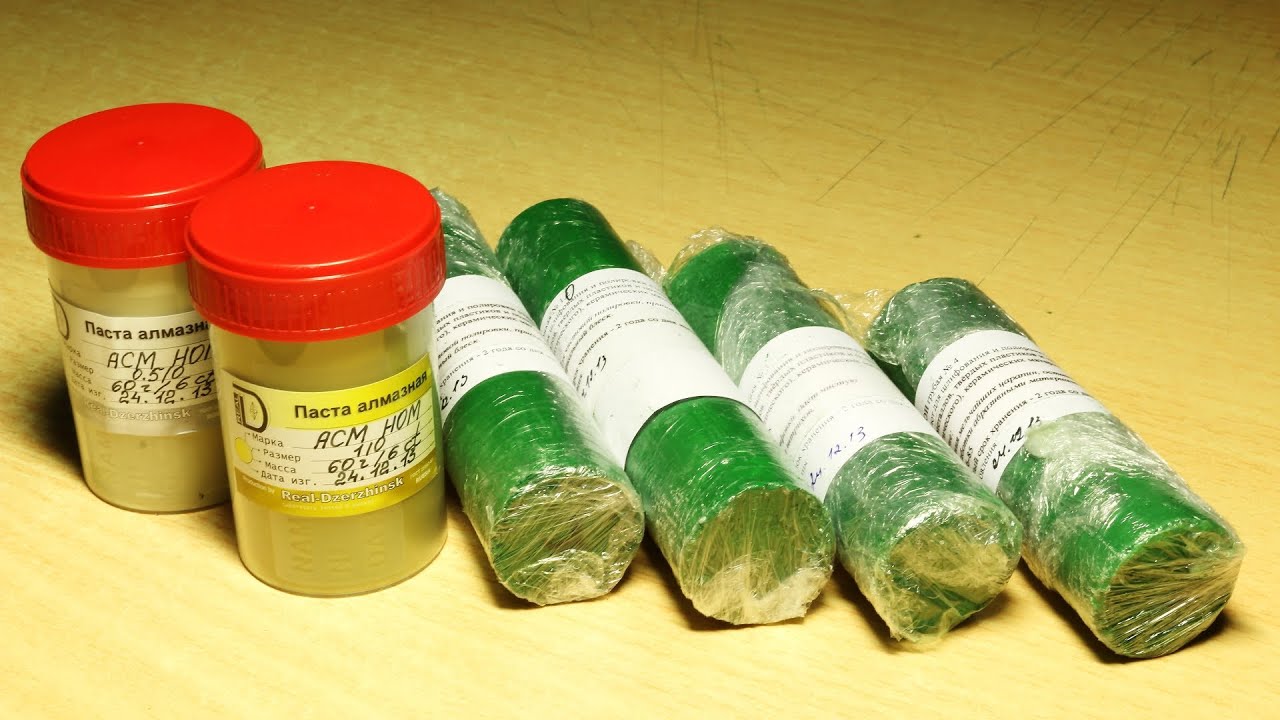
VIDEO: How to make GOI liquid paste for polishing.






